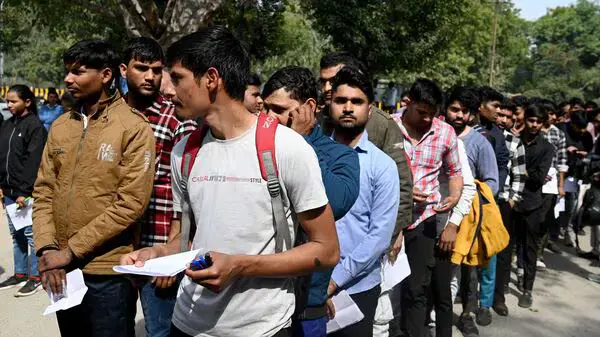From writing to music, from photography to the gem and jewelry industry, the winds of change blow constantly, ushering in new technologies that redefine the way we approach our craft. American media theorist Henry Jenkins once famously remarked that old technology never truly dies; rather, it undergoes a transformation, adapting to the demands of an increasingly digital world. This “doctrine of progress” propels society forward, urging us towards technologies that promise greater speed and efficiency.
The gem and jewelry industry exemplifies this transformation. Renowned for its detailed designs and impeccable craftsmanship, this age-old industry is gradually started blending tradition with new technology. One such innovation at the forefront of this transformation is Computer-Aided Design and Computer-Aided Manufacturing (CAD/CAM), revolutionizing the way jewelry is conceptualized, crafted, and experienced.
Innovation in the Gem and Jewelry sector
Traditionally illustrating a design heavily relied on hand sketches and physical prototypes. The advent of CAD software brought a paradigm shift, offering designers a virtual canvas to unleash their creativity without added financial pressure. Much like the transition from typewriters to word processors, CAD software provides designers with unprecedented flexibility and agility. In the past, designers had to start over from scratch for even minor changes. Now, they can easily adjust, refine, and improve their designs without hassle.
CAD software offers professionals a realm of boundless possibilities, where elaborate patterns and complex geometry can be brought to life in stunning detail. From simulating gemstone placements to experimenting with metallic texture, CAD empowers designers to explore new frontiers while minimizing the risk of errors. This newfound freedom not only elevates the quality of the final product but also enhances the overall efficiency of the design process.
CAM takes these digital designs created in CAD and translates them into physical objects through automated manufacturing processes. It ensures that the intricate details and precise measurements designed in CAD are reproduced in the final product. CAM involves programing automated machines or 3D printers to execute the manufacturing of the jewelry based on the specifications generated in CAD. This process involves precise cutting, shaping, and finishing of materials, guided by the digital instructions derived from CAD designs. The integration of CAD and CAM not only enhances design capabilities, but also streamlines production workflows, reducing time and costs.
Advantages of CAD/CAM in Jewelry Design
Beyond its role in design, CAD/CAM can automate many iterative tasks, streamline workflows, and reduce production time, allowing businesses to operate more competitively in a crowded marketplace. Moreover, by minimizing material wastage and optimizing manufacturing processes, CAD/CAM helps mitigate operational costs in an industry where margins can be razor thin.
The integration of CAD/CAM also fosters greater collaboration between designers and clients. Virtual prototypes can be shared and modified in real-time, ensuring that the final product aligns perfectly with client expectations. This level of interaction not only improves customer satisfaction but also builds stronger relationships between businesses and their clientele.
Another advantage is the enhanced ability to replicate designs with precision. CAD/CAM ensures that each piece is consistent in quality and design. This precision is particularly valuable for complex patterns and intricate details that are difficult to achieve by hand.
Additionally, CAD/CAM has the ability to store digital libraries of designs. This feature allows designers to easily revisit and modify previous creations, providing a valuable repository of work that can inspire new designs or meet specific client requests quickly. This digital archive helps in preserving the design heritage of a brand, ensuring that its legacy of craftsmanship is maintained and can evolve with time.As the gem and jewelry industry continues to evolve, so must all of us who are a part of this industry or desire to be part of it. To thrive in this dynamic landscape, professionals need to embrace modern technologies like CAD/CAM, equipping themselves with the tools needed to succeed in an increasingly digital world. In doing so, you can contribute to the continued growth and vitality of an industry that stands for its rich heritage.
Embracing CAD/CAM technology not only enhances our design capabilities and operational efficiency but also ensures that we remain competitive and innovative. By doing so, we not only honor the tradition of exquisite craftsmanship we also push the boundaries of what is possible, ensuring a bright and prosperous future for the gem and jewelry industry.
Apoorva Deshingkar is the Sr. Director of Education and Market Development at GIA India.























